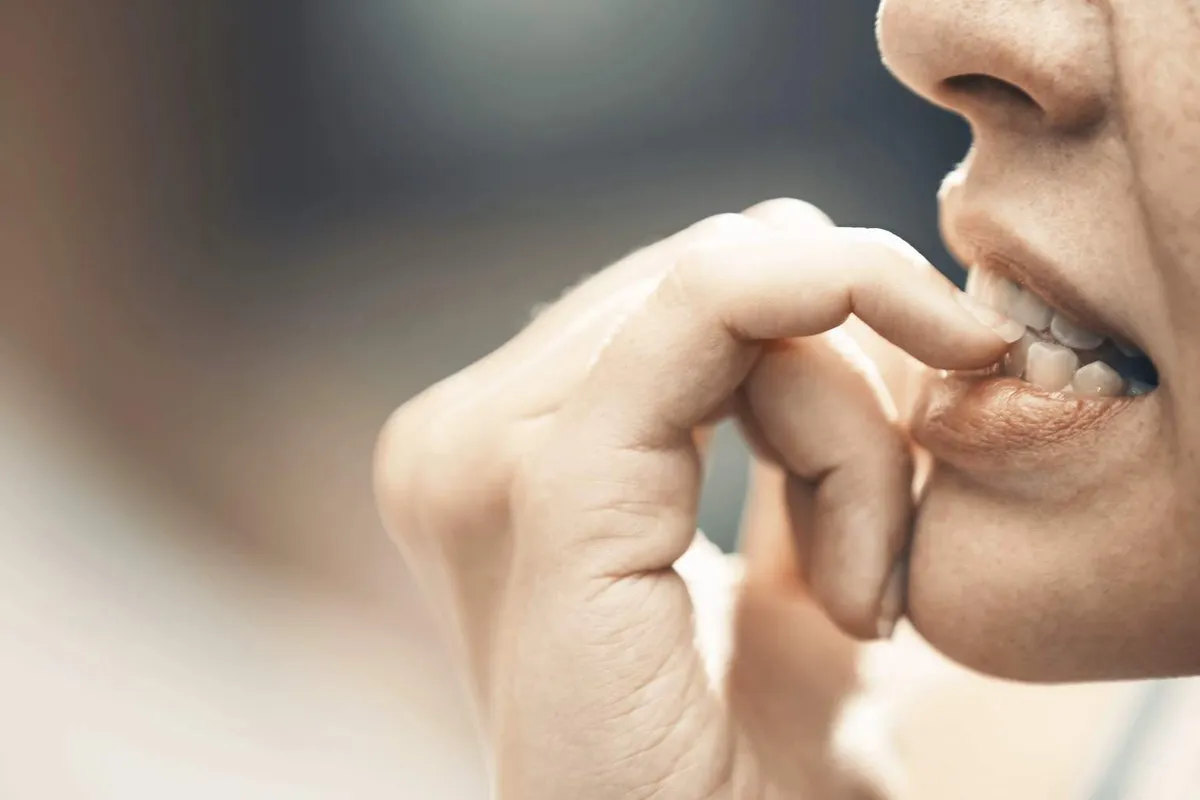Nail Biting: 3 Hidden Reasons You Can’t Seem to Stop

Nail biting might seem like just a quirky habit, but it actually offers a look into someone’s inner world. This common behavior affects millions of teens and adults around the world, hinting at their mental and physical states. Even though it’s something many people do, nail biting goes well beyond a simple nervous tic—it taps into deeper behavioral patterns.
The psychology behind nail biting
In behavioral psychology, nail biting is called onychophagia. It turns out this habit is pretty widespread: about 26% of people bite their nails regularly. The numbers spike among 21-to-25-year-olds, with 42% engaging in the habit. Interestingly, men are more likely to bite their nails than women—46% of men versus 39% of women.
Most of the time, nail biting happens without much thought, especially when someone feels tension or stress. It’s a way to ease feelings of boredom, frustration, or anxiety, even if the relief is only temporary. This cycle of biting and feeling better reinforces the behavior over time.
Some studies even link nail biting with other conditions like trichotillomania and obsessive-compulsive disorder (OCD), showing just how layered this habit can be.
The fallout beyond appearances
The effects of constant nail biting reach much further than just how your nails look. Physically, it can lead to misshapen nails, infections from germs, and even dental problems from all that gnawing. On an emotional level, folks might feel ashamed or guilty for not being able to kick the habit, which can add more stress and make it even tougher to stop.
Smart ways to break the habit
If you’re looking to beat nail biting, there are some solid strategies out there. One popular method is Habit Reversal Training (HRT). This approach helps you swap nail biting for healthier actions and builds up awareness and control over impulses. For many, personalized therapy has also done the trick to overcome long-standing nail biting patterns.
Getting help from a behavioral specialist can lead to strategies that fit your situation perfectly. Focusing on what triggers the habit and learning new ways to respond means you can start to cut the cycle for good.
Looking after your nails
Taking care of your nails isn’t just about looking good—it goes hand in hand with your overall well-being. Nails protect your fingertips and are made of keratin (a protein that keeps them strong and tough). Healthy nails usually signal that everything’s in order with your health. On the flip side, nails that are brittle or discolored might point to issues like iron deficiency or hormonal imbalances.
Looking after your nails is part of taking care of both your body and mind—a thought many who have beaten nail biting come to appreciate.
My personal take on nail biting
For a lot of us, getting over nail biting can feel like a very personal journey. I remember college days filled with stress when nail biting was my go-to way of dealing with pressure. Over time, I managed to swap that habit for healthier coping strategies, like mindful breathing exercises.
Sharing these experiences shows that understanding why we do what we do can be a key step toward making lasting changes. Whether it’s your own habit or someone close to you, recognizing it is the first step to finding a way out.
This whole look at nail biting shows just how widespread the habit is and how it runs deep. By digging into the reasons behind it and noticing all the ways it changes your life, you can start working toward a healthier you.